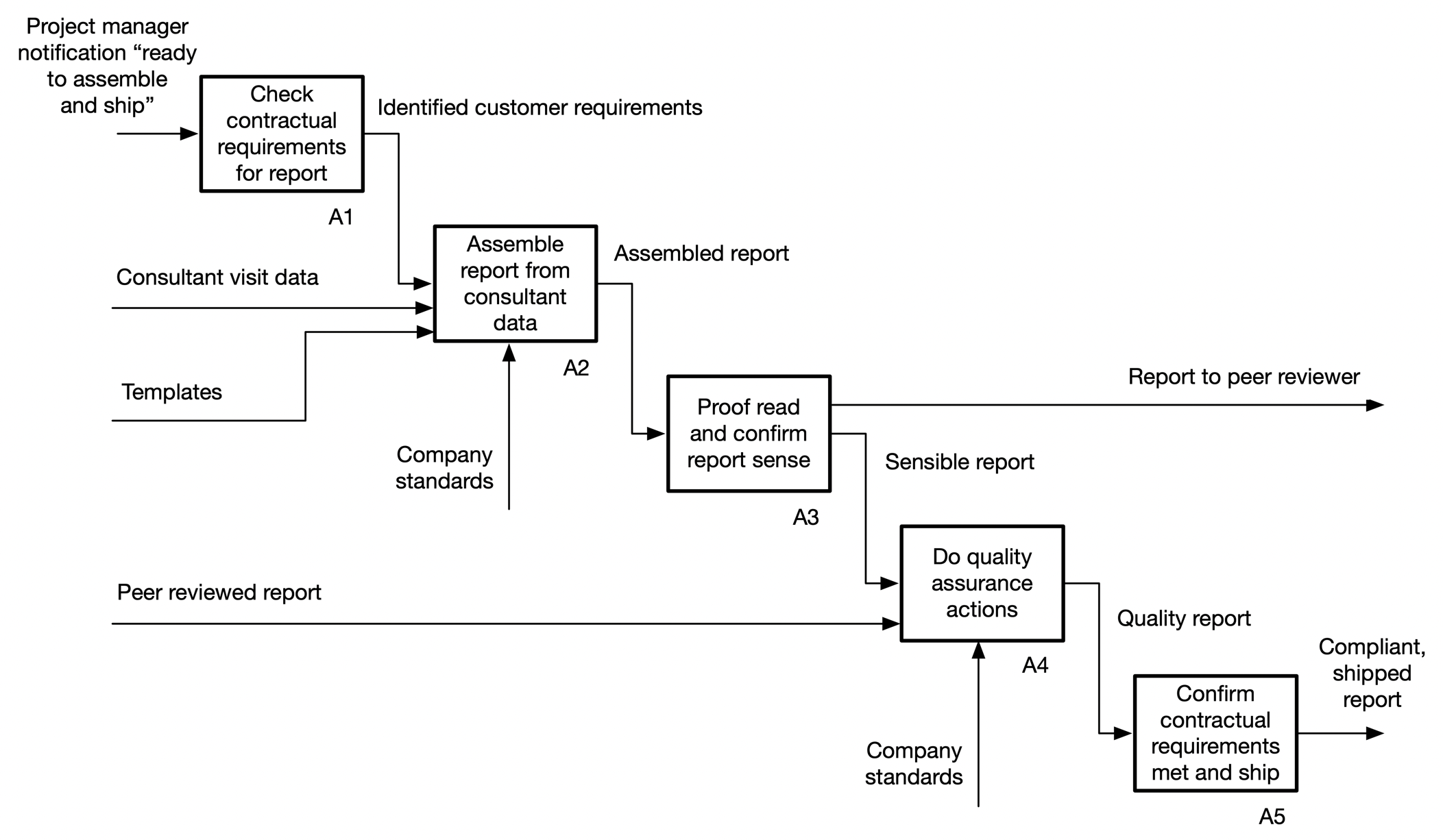One of many articles here in HR
Writing Responsibility Statements in Job Descriptions
Written by John Berry on 25th June 2021. Revised 22nd July 2021.
6 min read
 The vast majority of job descriptions (JDs) on Earth contain a list of tasks or duties. The job holder can do these, year on year, and yet fail miserably in contributing to the business.
The vast majority of job descriptions (JDs) on Earth contain a list of tasks or duties. The job holder can do these, year on year, and yet fail miserably in contributing to the business.
We’ve written in the past about the purpose of JDs. The two key uses are:
• To define the job for the job holder, showing them what they are expected to achieve.
• To define the personal characteristics of future jobholders when recruiting and selecting.
In both, tasks and duties are useless. Sadly, that means that most job descriptions are useless.
What’s needed is stated responsibilities or accountabilities embodying achievement. HR managers (who know how to build JDs) typically use the construct, “do something, to something, to achieve a result”.
So how does a manager build such responsibilities statements?
The answer is to create a model of the job using this "do something, to something, to acehive a result" style.
Here’s an example of one responsibility statement for an Admin Assistant responsible for assembling consultant visit reports.
I’m going to use a form of modelling known as IDEF0. This modelling comes from system modelling in the defence domain.

Under IDEF0, one typically finds five sub-activities for every master activity. So, our model is built by asking the following:
• What’s the trigger for jobholder action?
The answer here is an electronic notification that a report is ready for processing.
• What does the jobholder do, to what?
Here, the jobholder reads the quotation and any notes on file giving special instructions to make sure that they know what’s to be produced.
• And what’s next?
Then they take the consultant’s visit report and the most appropriate template and they assemble the report in MS Word.
• And then?
Well, they read the report they’ve assembled and make sure that it meets the company standards. At that point they’ve assembled a report. But it’s not yet ready to be shipped to the customer.
• And after that?
The jobholder then carries out a standard set of quality assurance activities. I’ve shown here that the report goes off to another consultant to be peer reviewed. Peer review is one of a set of QA activities often done on reports.
• And finally?
The jobholder goes to their notes about what was required and any special instructions and confirms that the document that came back from peer review is compliant with contractual commitments made at the time of quotation. At that point the report is shipped to the customer.
• And what's the outcome required?
It's the compliant, shipped report.
So how can we use these activities to build a responsibility statement for use in a job description?
We start by writing a big fat paragraph that describes everything in the model. Here’s an example:
“On receipt of a project manager’s notification that there’s a report ready to ship, check the contractual commitments made with the customer. Make a note of the requirements for later. Then access the consultant’s working space for the job and, using the relevant template, and accessing the relevant company standards, assemble the report from consultant data. Proofread the report you’ve assembled and confirm that it reads sensibly. Then identify the peer reviewer from the job-space and send the assembled report to that proof-reader. Update the job-space and set the timeline to identify when to expect the report back. Re-read the proofread report and check that it complies with company standards. Then check again that contractual commitments are met and ship the compliant report to the customer.”
Now, that’s a mouthful, so we need to parse this to describe what’s to be done in one or two sentences. Here’s my first stab.
“On receipt of a project manager’s notification of pending work, identify what’s to be done to achieve a compliant report. Then assemble the report and carry out quality assurance procedures to ensure that the report meets company standards. Then ship a compliant report to the customer.”
In really simple terms, a parsed responsibility statement reads like this:
“Assemble (do something) a report (to something) and ship it to the customer (to achieve a result)”. This sentence is just too simple for use, but this parsing shows that my first stab, above, meets the form required.
My first stab is completely useful. It tells the jobholder exactly what’s to be done. And it tells the jobholder the outcome required – the shipment of a compliant report. It’s that which they’ll be measured on.
I noted above that the JD should also be used as a base in recruitment. It’s simple to ask what personal characteristics are needed to be able to satisfactorily complete each of the five activities. Then it’s those that you look for and test for in candidates.
So, this is how you generate one responsibility statement. There are usually four or five more in any job.
Here’s an example of a full set for a Customer Services Manager:
a) Motivate department staff and generally organise and coordinate department activities to achieve the commitment and performance necessary to achieve agreed sales volume and turnover targets.
b) Identify business needs for improvement and development of the department. Investigate and scope the nature of possible change, develop possible options for change, evaluate these options and select the best. Then make business cases and implement change to organise and coordinate the department to meet sales volume and turnover targets.
c) From time to time and on arrival of new staff, establish needs for training, plan training and deliver training one-to-one and in groups. Then evaluate the effect of training. Adjust and re-deliver training as needed and mentor individuals to optimise the performance of each department member.
d) Receive requests for assistance from department staff to solve complex customer issues. Investigate the issues and discuss options and possible resolution with department staff. Then charge staff with resolution and monitor activity to ensure a satisfied customer and solved problems.
e) Identify issues that interrupt the general good running of the department. Identify root causes of problems and investigate. Evaluate solutions. Then implement these solutions and evaluate outcomes in order to maintain targeted performance.
f) From time to time receive requests for reports from senior management. Determine the nature of reports needed, request information from subordinates and others, gather information, collate and publish the required reports.
All of these were constructed using IDEF0 modelling illustrated above.
Overall, job descriptions are a crucial management tool for all. Responsibility statements are the most important part of any job description. As I show here, they are simply constructed.